Three books have made it to the shortlist of the English-language Tir na n-Og Award; the annual awards celebrate the best books for children and young adults published in 2020.
Organised by the Books Council of Wales and sponsored by CILIP Cymru Wales, the English-language shortlist honours books with an authentic Welsh background for children and young people. There are also two other prizes for Welsh language books for primary and secondary ages.
The shortlist:
The Quilt, Valeriane Leblond (Y Lolfa)
The Short Knife, Elen Caldecott (Andersen Press)
Where The Wilderness Lives, Jess Butterworth (Orion Books)
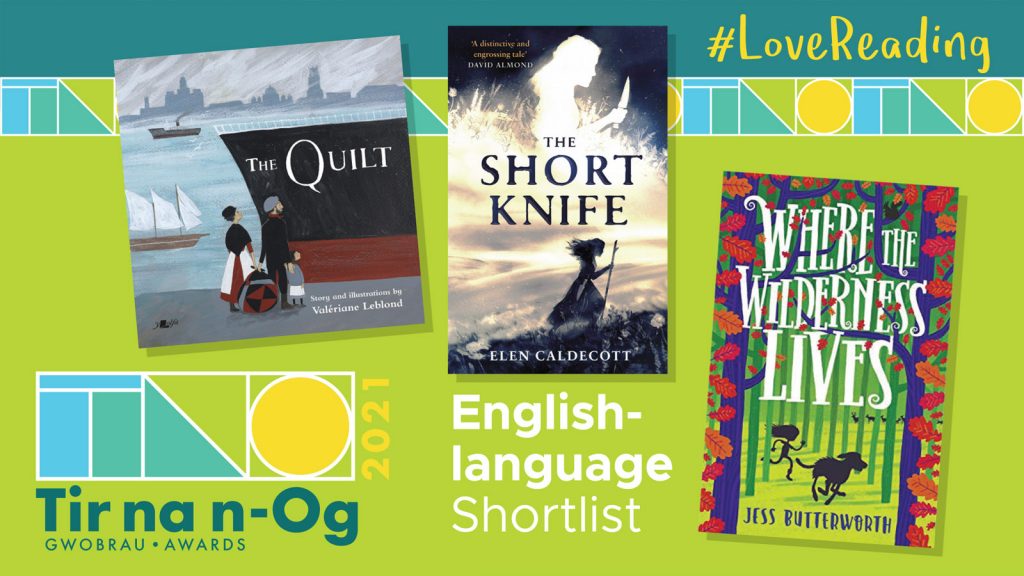
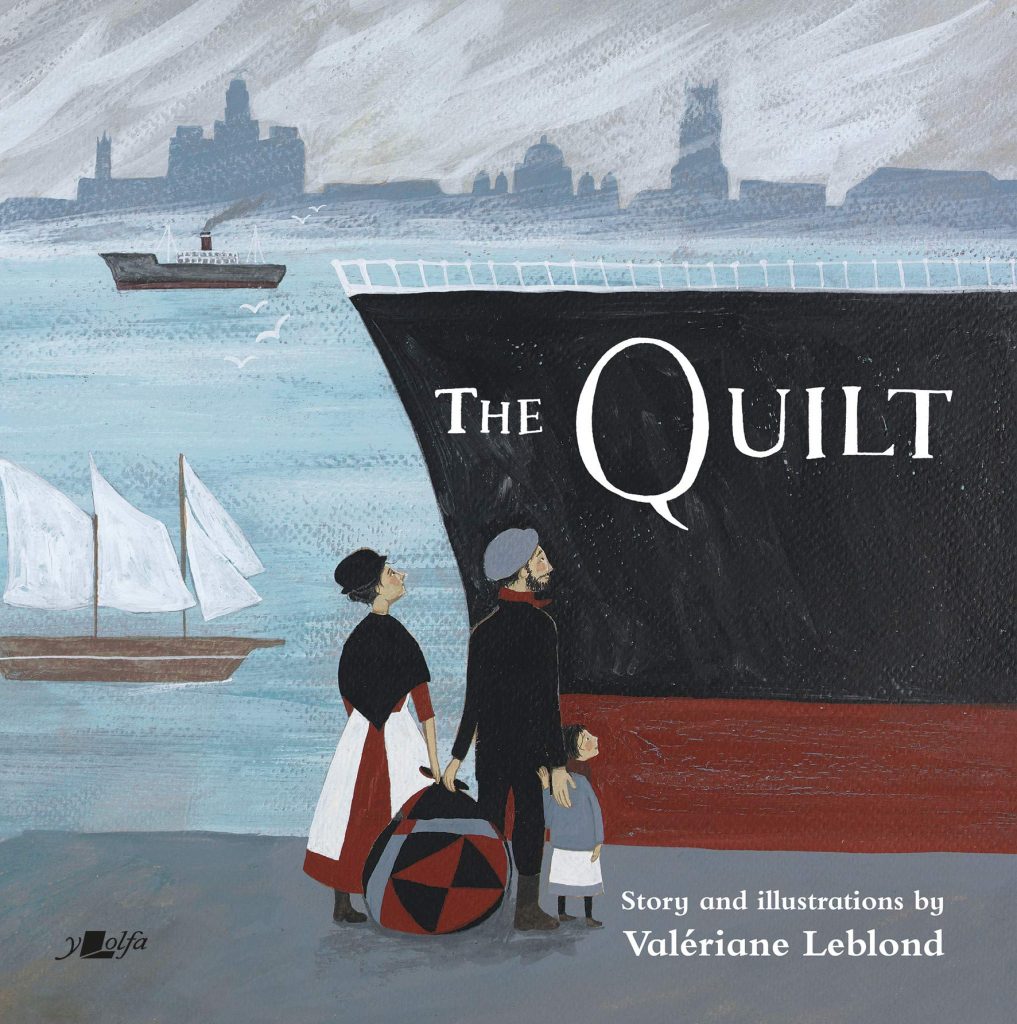
The Quilt by Valériane Leblond (Y Lolfa, 2020) for ages 5+ is a beautiful, lyrical story about a little girl who lives with her parents on a farm near the coast in rural Wales, around the turn of the twentieth century. Life is hard and the family decide to emigrate to America. To pay for the cost of their journey they sell their possessions but keep a black and red quilt hand-made by the mother from pieces of fabric left over from clothes she has made for the family. Leaving everything familiar behind brings homesickness and a longing – hiraeth – for the little girl, and it is the memories and love contained in the quilt that help her overcome these feelings and adapt to her new life.
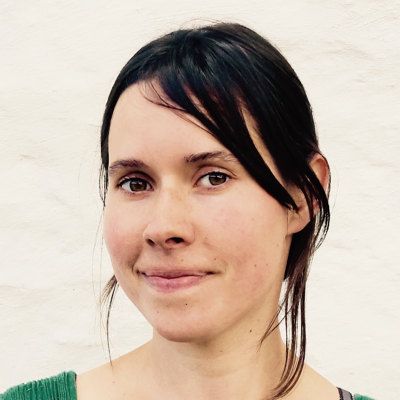
I’m feeling very happy and very proud. I’ve been an artist and illustrator for a while now, but being a published author is a completely new experience, and I’m quite humbled by the reception The Quilt has had. I’ve really enjoyed the process of creating the book, writing the text and making the pictures and I’m taking the shortlisting as an encouragement for my next projects.
Valeriane Leblond, author and illustrator of The Quilt
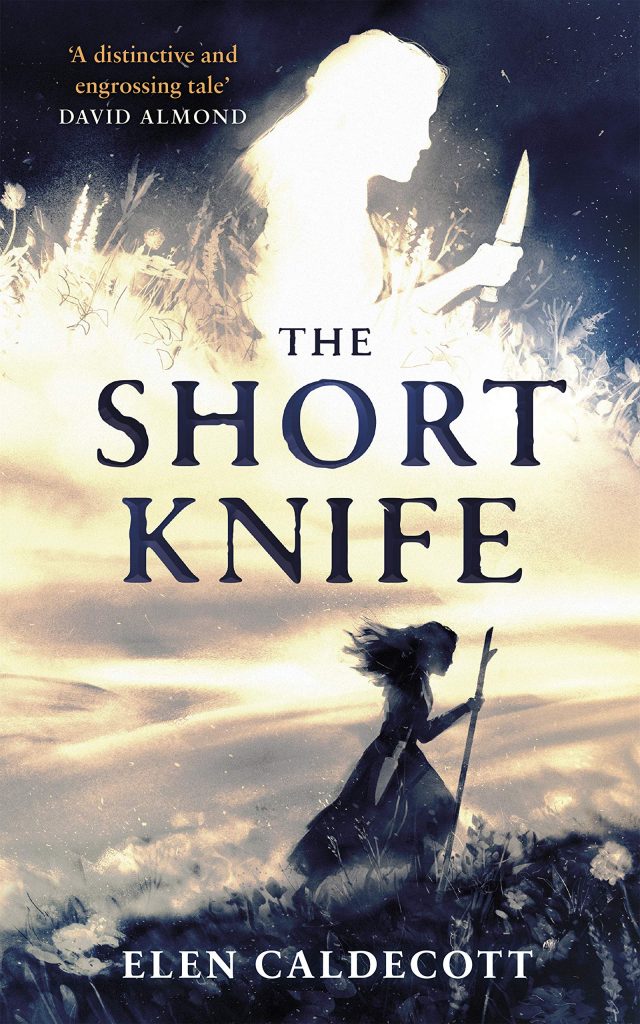
The Short Knife by Elen Caldecott (Andersen Press, 2020) for ages 12+ is a story set many centuries ago, in the early Middle Ages, 454, at a time when a new Welsh identity was just starting to emerge, when the Romans had left and the Britons and Saxons were battling to take hold of different territories. It is narrated through the voice of the main character, Mai, a young girl, who up until now, along with her sister Haf, has been kept safe by her father. The story starts with the arrival of Saxon warriors at their farm, forcing the family to flee to the hills where British warlords lie in wait. From here we see Mai surviving in a dangerous world where just speaking her mother tongue could lead to her death, and where she comes to mistrust even the people she loves the most.

I’m utterly delighted! It was nerve wracking to write something that engaged so directly with a living, vibrant culture. So this shortlisting means the world. To have the book well received within Wales is brilliant.
Elen Caldecott, author of The Short Knife
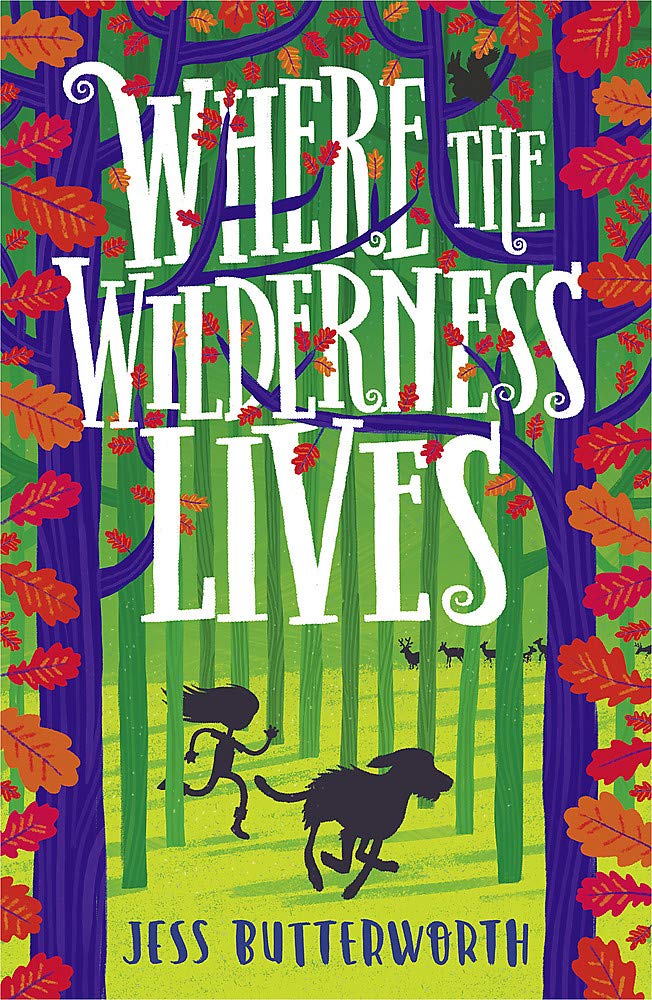
Where the Wilderness Lives by Jess Butterworth (Orion, 2020) for ages 9+ centres around the character of Cara who lives on a houseboat with her mum, siblings and a dog called Willow. Her dad used to live with them but now lives in a remote part of Wales. The adventure starts when Cara and her siblings find a locked safe one day when they are helping with a clean-up of the canal where they live. A fire destroys their houseboat one night, and while her mum is in hospital and Cara is looking after her siblings, a thief comes to steal the safe. The children leave the house they are temporarily living in to travel in their houseboat with the safe to go to their dad, and then on foot on a journey of survival across Welsh mountains in the snow.

I’m absolutely over the moon to be shortlisted for the Tir na n-Og Award! I feel very honoured; one of my favourite authors, Claire Fayers, actually won the 2020 award and I’m completely thrilled Where the Wilderness Lives is part of such a brilliant shortlist this year!
Jess Butterworth, author of Where The Wilderness Lives
There will be lots of talk on our Twitter channel and on this blog about #TNNO2021 in the coming months, in the lead up to the announcement of the winner on Friday 21st May. We have interviews with the authors and more exclusive content to entertain and educate.
Jo Bowers, Chair of the English-language judging panel, said: “All three books had their stories set against a rich authentic Welsh background, which is a central criteria for this award, and each one did this in a very different way to the others. Each book stood out for many reasons: the sense of place and time in Wales and Welsh history; the overall design, and each surprised and engaged in both the style and content of the story. We felt that each one brought new aspects about Wales in children’s literature.”
Chief Executive of the Books Council of Wales, Helgard Krause, said: “My warmest congratulations to all those involved in bringing these three shortlisted titles to readers. It is so important to ensure that young readers in Wales have a choice of high-quality books which reflect the country and culture in which they live.”
Previous winners of this award include Claire Fayers, Jenny Nimmo, Catherine Fisher and Susan Cooper.
Schools and teachers can get involved by shadowing the awards in the run up to the winner’s announcement. For more information on the award, visit the special pages on the Books Council of Wales website.


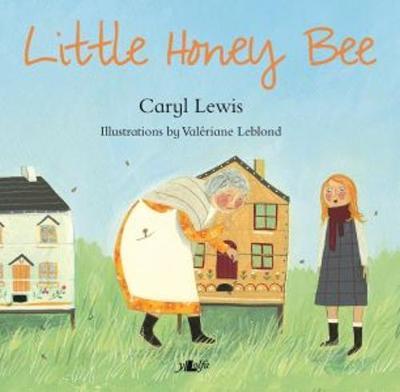

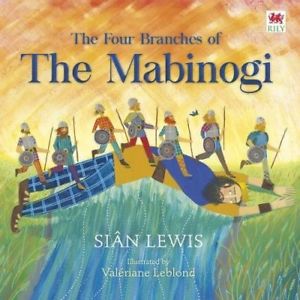
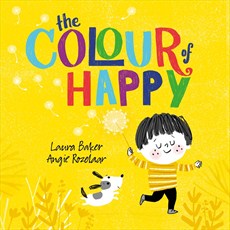



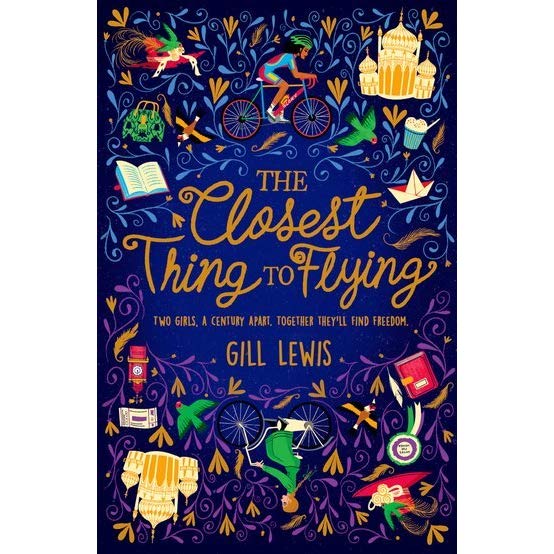
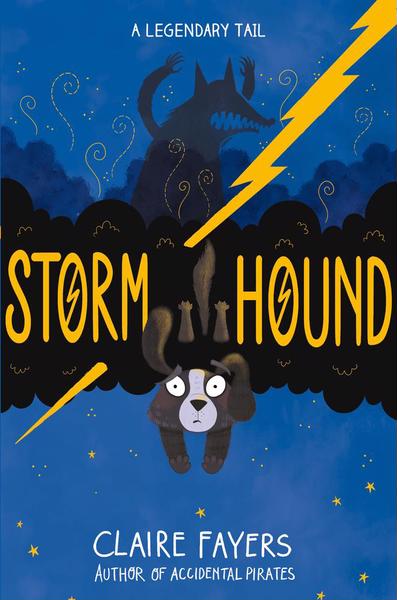
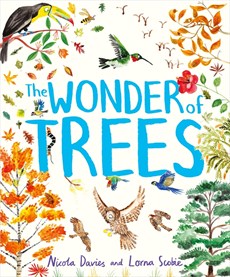

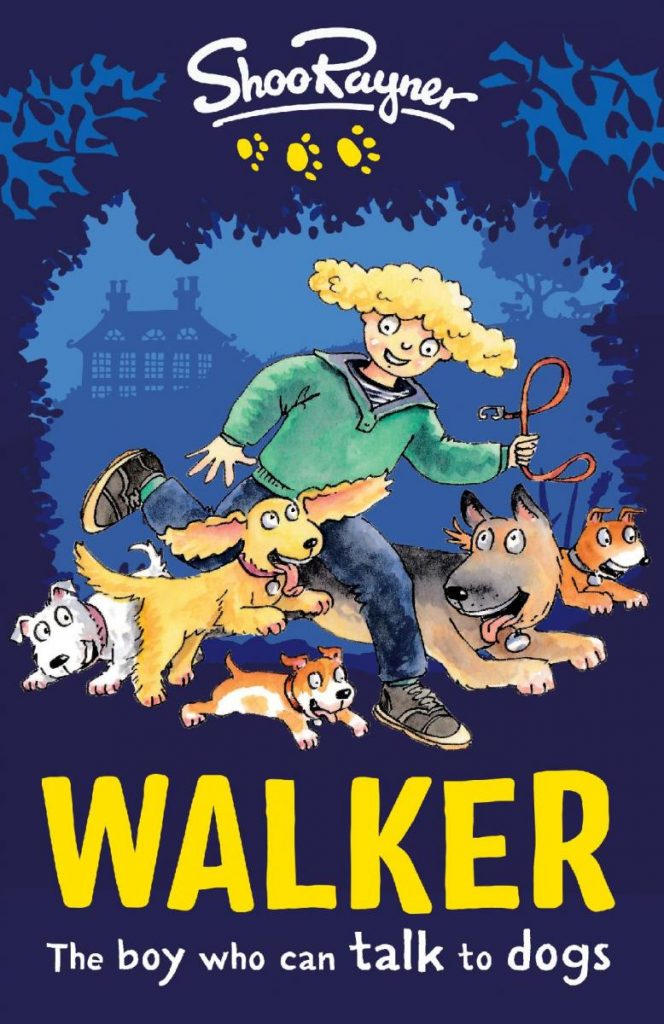
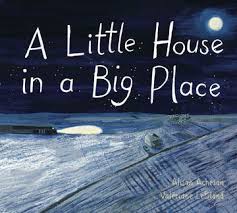
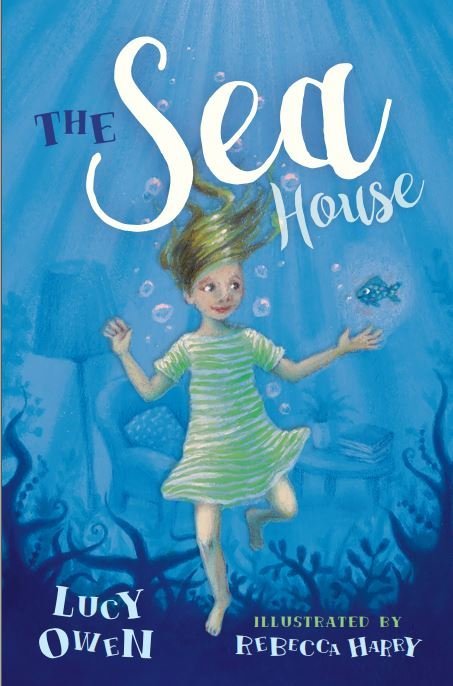
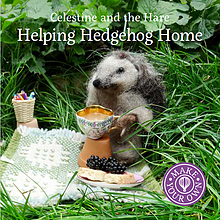
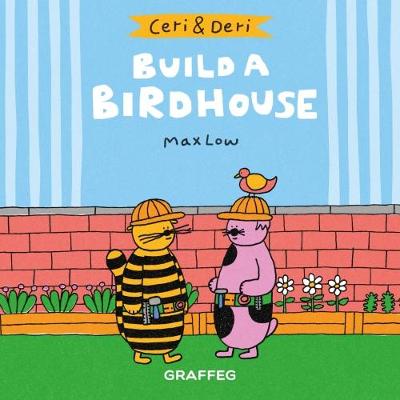
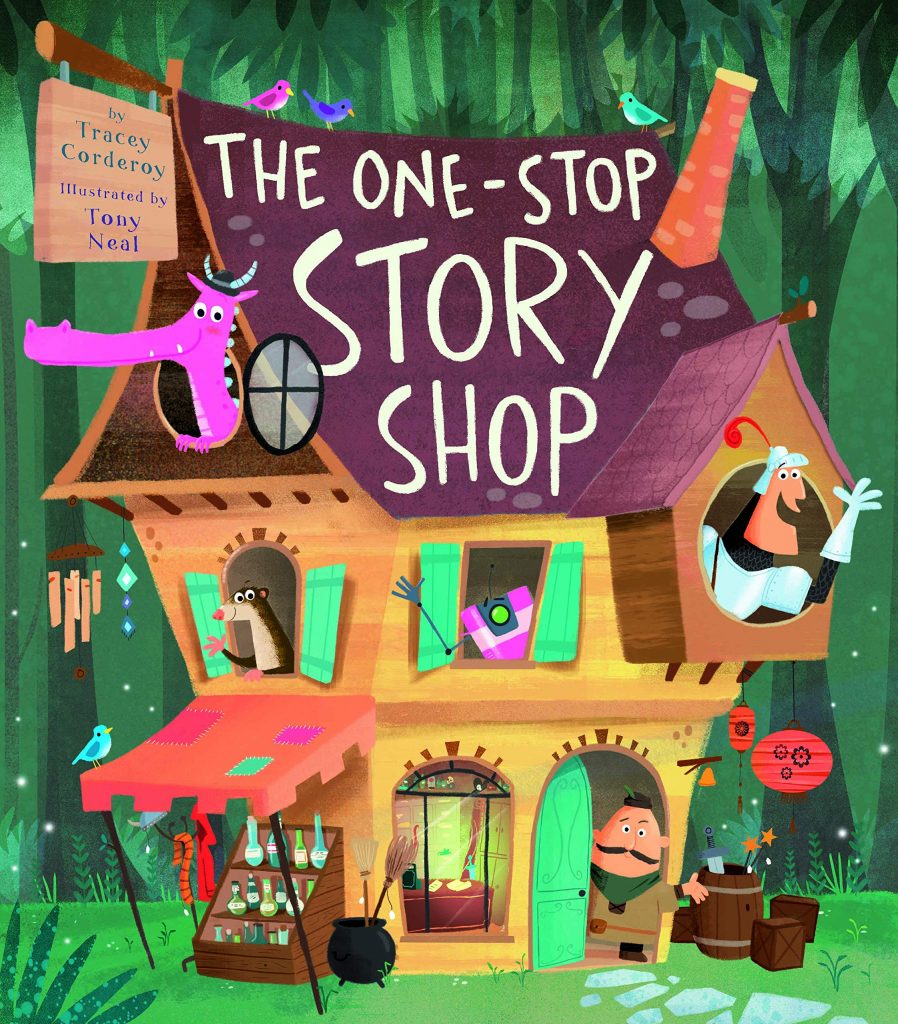
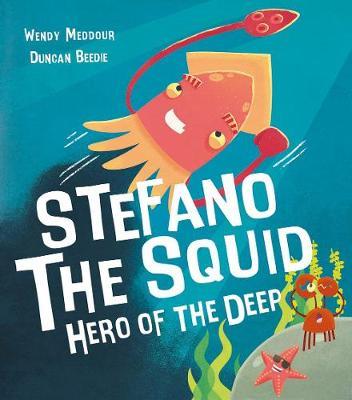
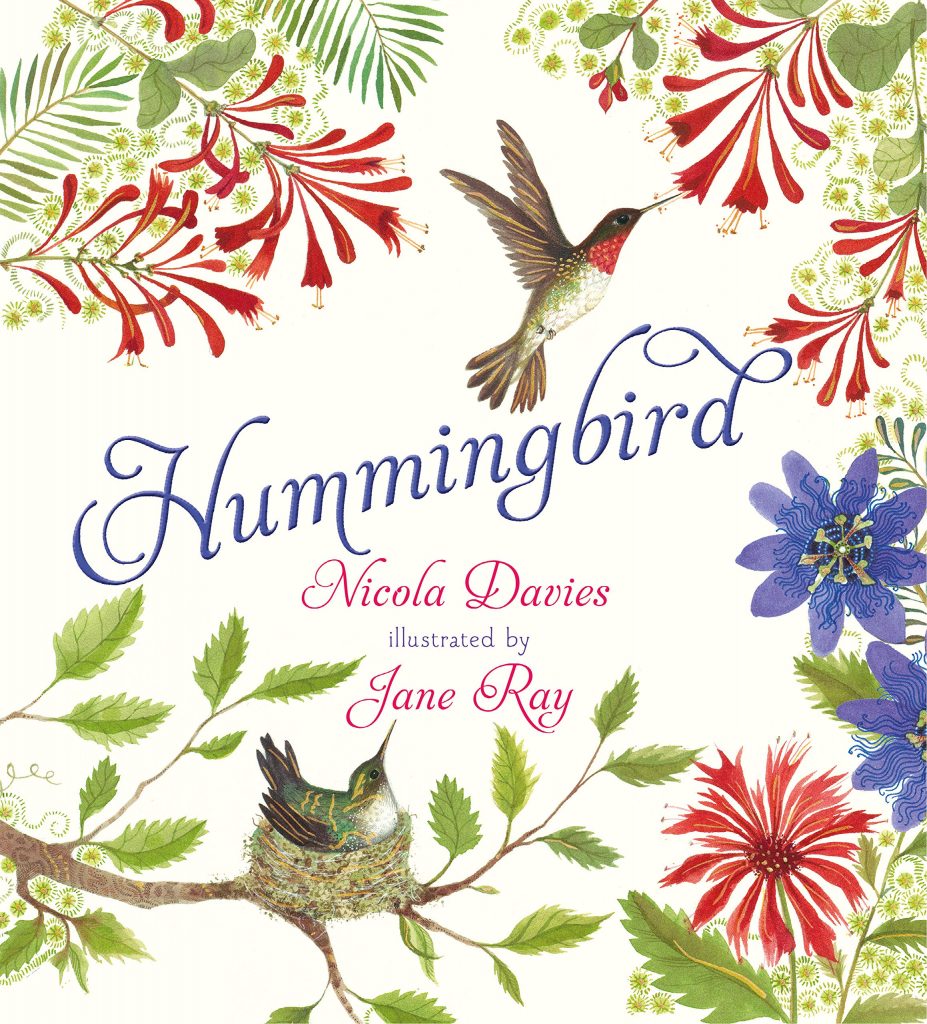
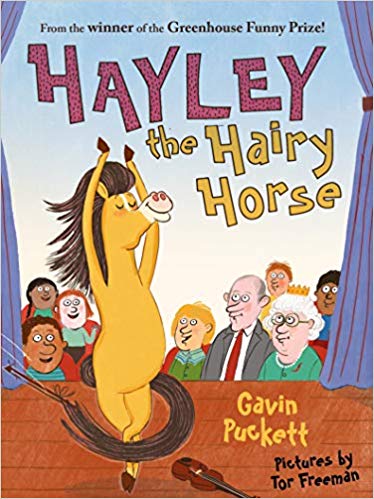
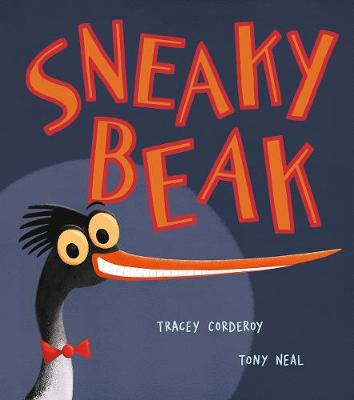
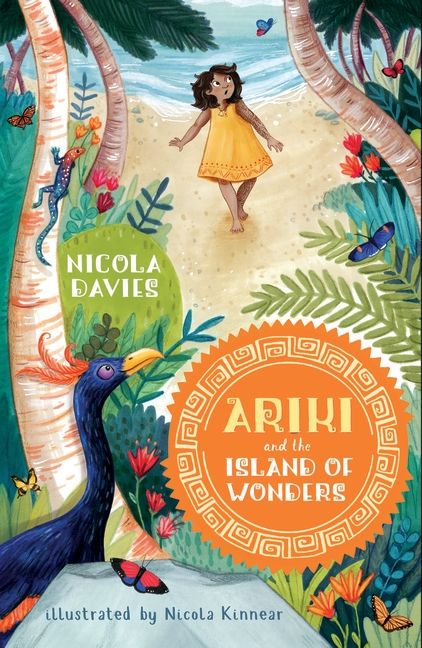
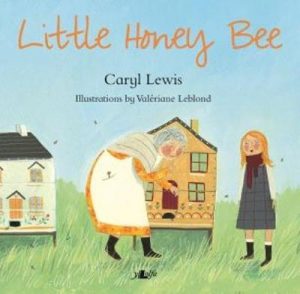 This is a tale of hope and healing, about looking forward to a brighter and warmer future.
This is a tale of hope and healing, about looking forward to a brighter and warmer future.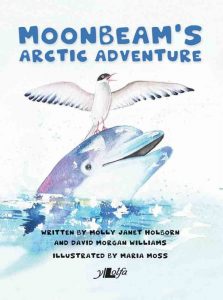 This hardback sees established author David Morgan Williams collaborate with his granddaughter Molly Holborn on a picture book with an essential environmental message. It features two bottle-nosed dolphins, Moonbeam and Sunbeam from Cardigan Bay who answer the distress signals from other creatures.
This hardback sees established author David Morgan Williams collaborate with his granddaughter Molly Holborn on a picture book with an essential environmental message. It features two bottle-nosed dolphins, Moonbeam and Sunbeam from Cardigan Bay who answer the distress signals from other creatures.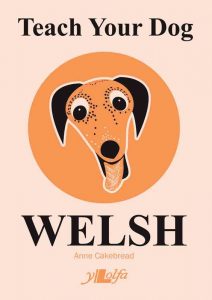 Here is a colourful, cleverly-designed book for Welsh learners – which works equally well for children and adults. We should know, as soon as it arrived, the Worms were using it to command our Tedi to Sit, Come, Stay and Fetch.
Here is a colourful, cleverly-designed book for Welsh learners – which works equally well for children and adults. We should know, as soon as it arrived, the Worms were using it to command our Tedi to Sit, Come, Stay and Fetch.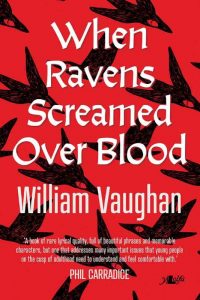 When Ravens Screamed Over Blood, a novella for teenagers has its foundations in the magic and violence of the Welsh Mabinogion. As the author explains, “One of the main characters, The Prince, was inspired by a character and certain magical events in the ancient Welsh tales of the Mabinogion. The story also draws upon Irish mythology. The title is taken from a poem in The Black Book of Carmarthen, one of the icons of Welsh literature.”
When Ravens Screamed Over Blood, a novella for teenagers has its foundations in the magic and violence of the Welsh Mabinogion. As the author explains, “One of the main characters, The Prince, was inspired by a character and certain magical events in the ancient Welsh tales of the Mabinogion. The story also draws upon Irish mythology. The title is taken from a poem in The Black Book of Carmarthen, one of the icons of Welsh literature.”